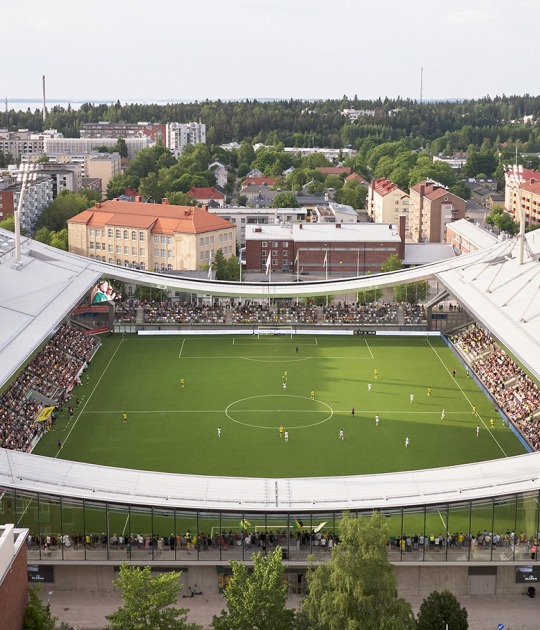Description of project by B+C Architectes
The construction of this type of establishment appeared with the need to secularize the institutions in charge of child care and to protect newborn babies and young children who were in very difficult environments.
However, after more than a century without modifications, the nursery was not adapted to the standards and requirements set by the city of Paris and the Directorate of families and children, which led to the programming of works for a complete reworking of the building.
The project can be summarized in four essential points:
- Increasing the capacity of day-nursery to receive 33 children with 3 distinct sections.
- Modifying the access to make it more accessible.
- Transformation of the directors’ apartment.
- Reduction of 50% of primary energy consumption of the building.
Lateral Courtyard and New Access
The access to the building was very difficult as it was at the high principal level which had made necessary the construction of additions like a concrete staircase that disfigured the original architecture of the building. These additions were in front of the original façade, made of brick and richly decorated with polychrome multiple materials and ceramic plates depicting floral motifs.
B+C Architectes has carried out the demolition of the additions and has relocated the main entrance to the lower level, making an excavation of a patio access and creating a new space and giving light.
The new circulations of stairs and access ramp are treated not just as functional links but as elements which by their generous dimensions and by the quality materials used participate in the composition of a new peaceful space around a planted centre.
The new entirely glazed facade for the lower ground floor opens out completely and offers a maximum of natural light to the internal spaces.
Street Façade
The design intent for the project is seen in continuity with the original building, taking into account the value of its architectural heritage and its intrinsic qualities (volumes, and natural light penetration).
At the same time, it introduces elements of contemporaneousness which, inspired by the vocabulary and characteristics of the original decorations and playing with the reference to the world of plants as a leading thread, translates and presents them in the global project. In particular, for the lower ground floor facade this play on references is expressed in the tree form of the new steel columns supporting the 1921 facade and which seem to extend the plant form decorations to the ground below, making them “take root”.
Backyard Façade
The same creative spirit and architectural treatment gives life to the rear courtyard. The existing blind facade is transformed into a translucent envelope of polycarbonate with a metal mesh serving as brise-soleil. The polycarbonate allows natural filtered light to penetrate the large volume under the skylight.
The mesh, cut out with tree form shapes, botanical references and enriched with recognizable forms of animals, projects these forms in a shadow play through the polycarbonate.
Treatment of internal spaces
The existing internal spaces are characterized by the quality of their generous volumes and by the large transparency of the original internal glazed partitions (maintained wherever possible), allowing natural light to penetrate deep inside. The project has integrated this quality by respecting volumes, maintaining the original structure and the largely glazed partitions.
Internally at upper ground floor, in the volume under the restored rooflight, the sleeping space for the “middle section” is accommodated under an igloo shaped structure naturally lit by the new polycarbonate facade.



















































